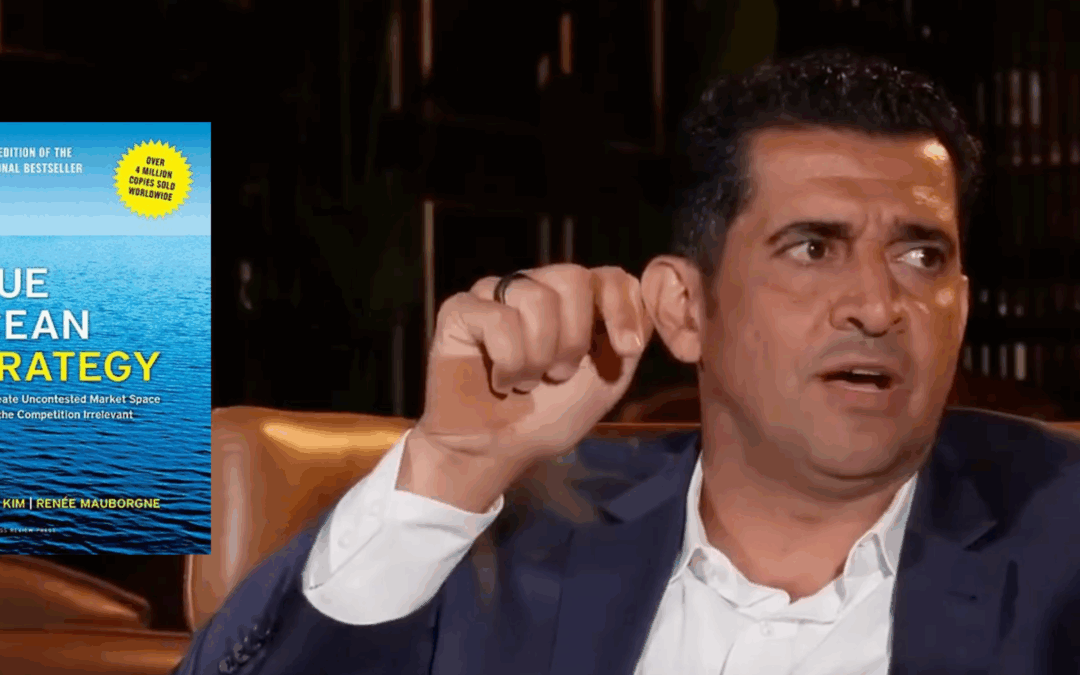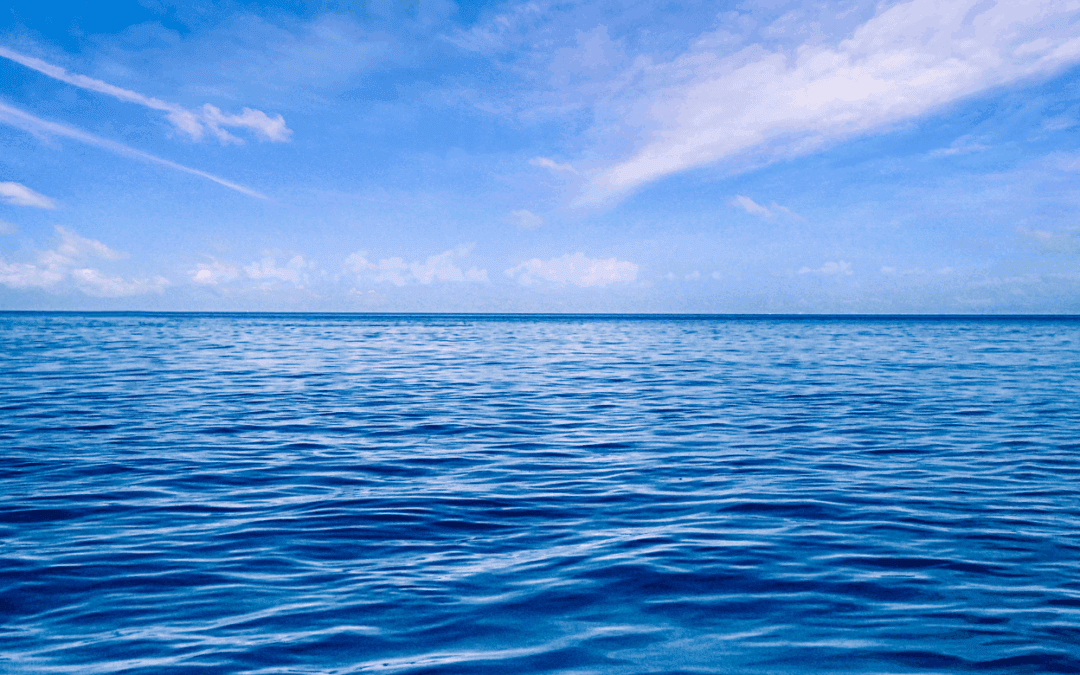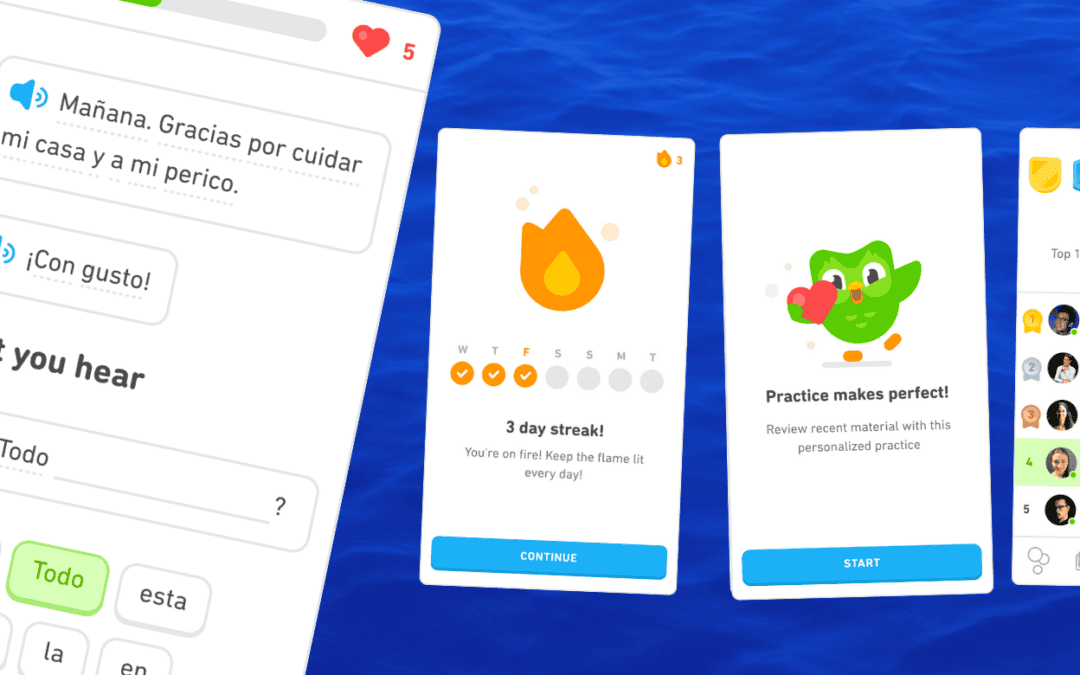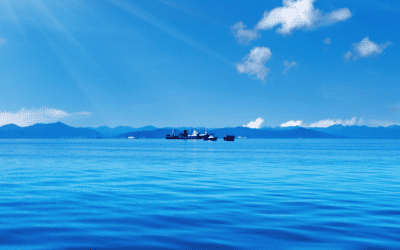Reflect for a moment on how effective leadership is in your organization. Is there a gulf between the potential and the realized talent and energy of your people at work? If yes, how big do you imagine the gulf is – 10 percent, 20 percent, 40 percent or more of talent and energy that’s left unrealized? How much better would your organization likely perform in terms of productivity, creativity, customer service, and employee happiness if you could close the gap? The numbers are larger than most executives surmise.
Take Gallup’s 2013 State of the Global Workplace report*. It found that only 30 percent of American employees, 15 percent of German employees, 9 percent of French employees, 6 percent of Chinese employees, 11 percent of Korean employees, and 9 percent of India’s employees were engaged at work actively sharing their best ideas and giving their all for high performance. The remaining far larger percentage of employees were either disengaged, that is merely doing what it takes to get by, or actively disengaged, acting out their discontent in counterproductive ways. Exhibit 1 shows just how large The Ocean of Untapped Talent and Energy is across the globe. Gallup estimates that in the United States alone, the cost of actively disengaged employees is around half a trillion dollars per year in lost productivity.
Of course, no leader intentionally leaves untapped talent and energy on the table. And employees are also partly responsible for their disengagement. We all know of people who are passionate and give their all pretty much irrespective of the circumstances they confront. That said, if the role of leaders is to drive high performance, then understanding how to turn this situation around is key.
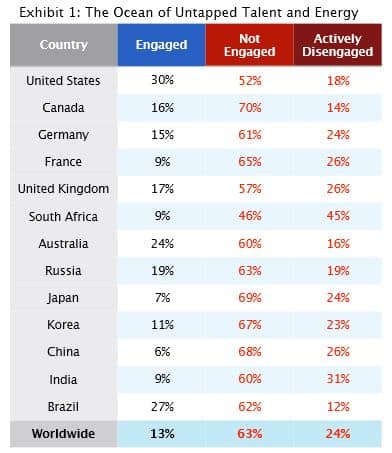
We believe that this ocean of unrealized talent and energy can be effectively released through an approach to leadership that we have come to call ‘blue ocean leadership.’ Unlike most research in the field of leadership that has largely drawn on psychology and cognitive science, blue ocean leadership looks to the field of strategy to inform the practice of leadership. Specifically, it draws on our over twenty-five-year research journey on blue ocean strategy and applies the concept and analytic frameworks to the challenge of leadership only not to unlock new market space and an ocean of new demand but to unlock new leadership space and the ocean of unrealized talent and energy that is hidden in most organizations. The metaphor of a blue ocean here reflects the wider, deeper, and untapped potential of employees that organizations can set free with the right leadership.
The Link Between Blue Ocean Strategy and Blue Ocean Leadership
It goes without saying that strategy and leadership are inextricably linked. No organization can formulate strategy nor execute it without leadership and people. And yet despite the central importance of leadership and people to strategy as well as to organizations’ health and high performance, over the course of our twenty-five-year research journey on blue ocean strategy, we observed time and again organizations struggling in this regard.
We witnessed organizations expending large sums on leadership development programs that scarcely moved the needle on leadership strength. And consistent with the Gallup study, we also saw disengaged employees up and down the ranks; employees who showed up for work and did what it takes to get by, but who were neither energized nor went the extra mile to apply their ingenuity and creativity. And yet ingenuity, creativity, and energy are among the essential ingredients to organizations’ health, wellbeing, and high performance today and in the future.
As our research on blue ocean strategy deepened and executives came to us to apply the idea in practice, executives often voiced these concerns to us. Many noted that while their organizations were stuck in red oceans and needed to break out, without a step change in leadership strength their organizations would not be able to execute a blue ocean strategic move even if they created it. The issue was they couldn’t tap into the energy and creativity of their employees that would be needed to move fast and adapt to a strategic shift. At the same time, leaders had a shortage of time to up their game.
As we started to think about their challenge, we started to see many analogies between blue ocean strategy and the leadership challenge that organizations confront.
- Isn’t leadership, after all, a service that people in an organization either ‘buy’ or ‘don’t buy’?
- Doesn’t every leader in that sense have customers – those above and those below them?
- As in blue ocean strategy, which pursues high value at low cost to create and capture new customers and markets, isn’t the challenge of leadership to create high impact at low cost to unlock employees’ talent and energy?
- And if employees were disengaged, weren’t they in effect noncustomers of leaders? These noncustomers of leaders represent an ocean of untapped talent and energy that companies can unlock much as blue ocean strategy allows companies to unlock an ocean of new demand in the market universe.
Once we began thinking through this challenge, we started to see with increasing clarity how the concept and tools of blue ocean strategy could be laterally applied to the challenge of leadership.
Over the last ten years, we and our Blue Ocean Strategy Network expert Gavin Fraser have interviewed hundreds of people in organizations to understand where leadership was falling short and how it could be transformed to not only convert noncustomers of leadership into customers, but achieve this while conserving leaders’ most precious resource – time. In this sense, blue ocean leadership is the product of the constructive interaction between the theory of blue ocean strategy and the leadership reality that organizations confront. With this understanding of the link between blue ocean strategy and blue ocean leadership, we define blue ocean leadership as creating a leap in leadership strength fast and at low cost to release organizations’ ocean of unrealized talent and energy. By low cost here we refer to time, as time is the most expensive and limited resource of leaders.
In this five-part series, we will first explore how blue ocean leadership differs from conventional leadership approaches. We will then explore each of the four steps to put blue ocean leadership into practice and the leap in performance and motivation that comes with it. Our extensive experiments in the field show that this approach to leadership allows organizations to achieve high-impact results fast and at low cost.
To find out more check out our frequently asked questions on Blue Ocean Leadership.
*Gallup’s 2013 State of the Global Workplace report


